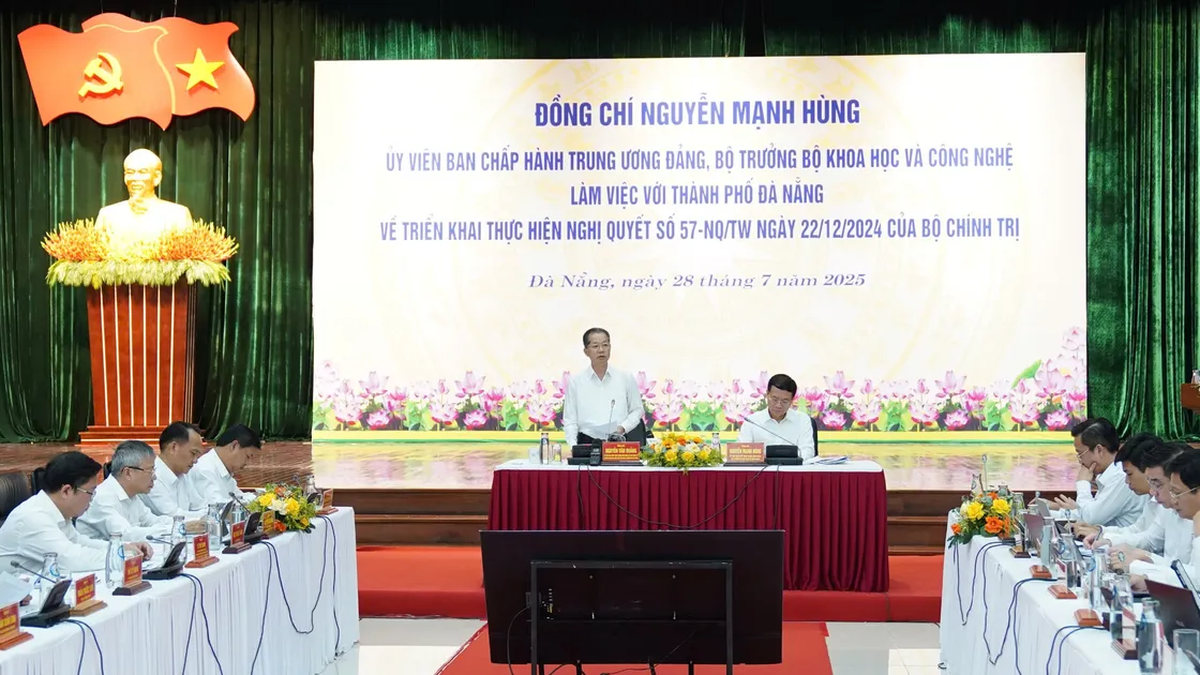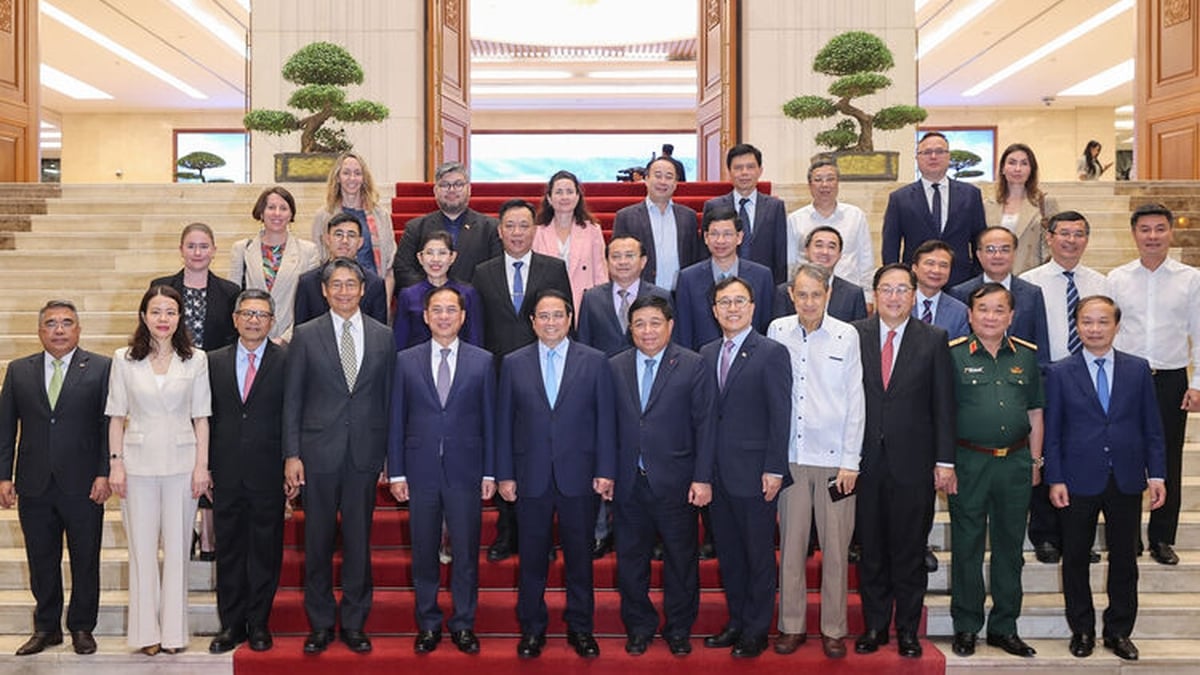According to Mr. Tran Van Nghia, Deputy Director of the Academy of Science, Technology and Innovation ( Ministry of Science and Technology ), the Local Innovation Index is a composite index (Index) of 52 component indicators, built to reflect the actual, overall picture of the current status of the socio-economic development model based on science, technology and innovation of each locality.
The 52 component indicators are divided into 7 pillars, including: 5 input pillars (institutions; human capital and research and development; infrastructure; market development level; business development level) and 2 output pillars (knowledge, innovation and technology products; impact).
Policy makers and local leaders can use the index to select appropriate orientations and solutions for each province and city. Specifically, based on the pillars and component indexes, there will be a scientific and practical basis to build and effectively implement policies to promote and create a favorable environment for innovation activities, promote initiatives, take advantage of strengths and overcome challenges.
Based on PII to evaluate and compare the potential between localities to have management solutions, at the same time contributing to improving the competitiveness and innovation capacity of localities and the country.
Mr. Tran Van Nghia also said that when there is a set of comprehensive indexes announced with the rankings, localities will be interested in the position in the rankings in relation to other localities. From there, they can set goals for their locality's rankings for the following years or tasks, solutions, and assign monitoring and implementation. However, due to the different contexts and current status of socio -economic development models based on science, technology and innovation in each locality, the rankings are only relative and not the main purpose of PII.
“Instead of just focusing on rankings, localities should delve into the details of the data provided by PII, reflect on their localities, and use PII data as a basis (along with other data) to organize forums with the participation of diverse stakeholders to correctly identify strengths and weaknesses, potential factors and necessary conditions. From there, propose policies on growth models, specific tasks and solutions for implementation,” said Mr. Tran Van Nghia./.
Source



























![[Photo] National Assembly Chairman attends the seminar "Building and operating an international financial center and recommendations for Vietnam"](https://vphoto.vietnam.vn/thumb/1200x675/vietnam/resource/IMAGE/2025/7/28/76393436936e457db31ec84433289f72)









































































Comment (0)